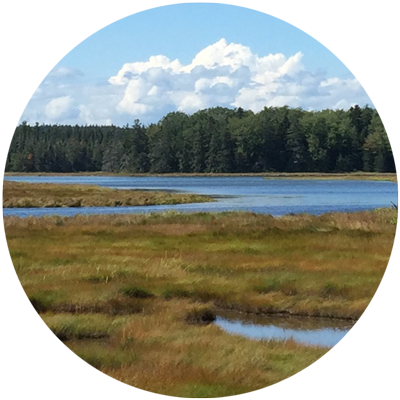
Rockland’s biggest, oldest ecological secret
What’s a peat bog? Where’s the Rockland Bog? What’s special about it? Why conserve it? How can you make a difference?
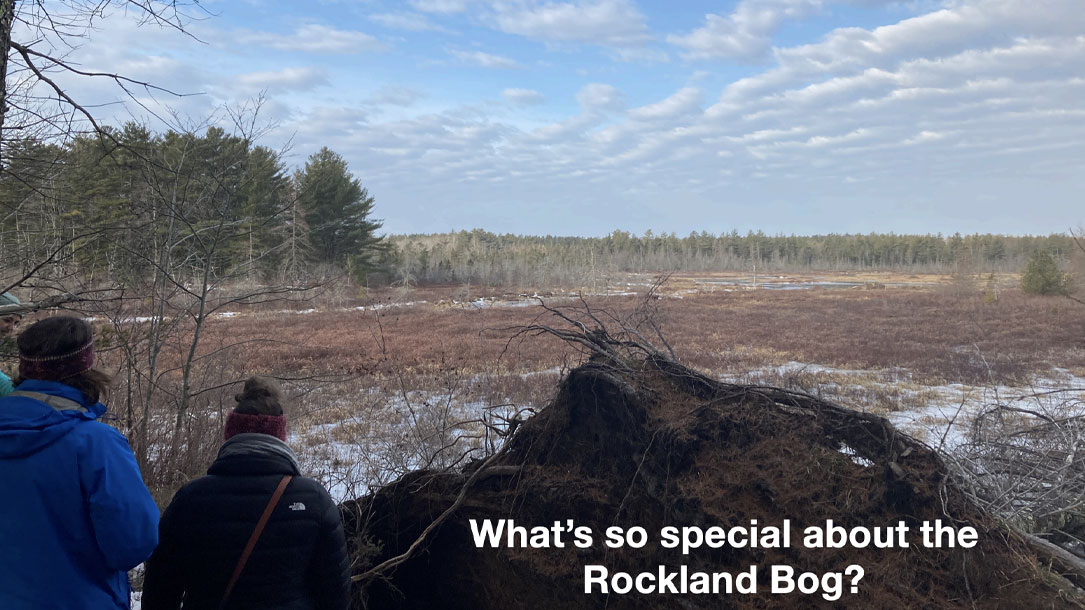
Protecting a bog has significant climate impact
Why protect the Rockland Bog? Learn about Rockland’s biggest, oldest ecological secret.
The Rockland Bog is home to waterfowl, wading birds, warblers, deer, beaver, rabbits, and other wildlife. For generations, it’s been a favorite of local outdoor enthusiasts, hunters, and hikers. Since it is the largest peat bog in midcoast Maine, it’s a giant sponge that stores carbon, mitigating the effects of climate change, and protecting the health of the Oyster and St. George Rivers…

Two groups want to put focus on carbon credits from urban forests
National Public Radio discusses urban carbon credit work. Lookout Mountain Conservancy is participating in this effort.
“We know trees can help address climate change. A forest sucks carbon dioxide from the atmosphere. That can be sold as a carbon credit to companies looking to offset their environmental impact. But the way those credits are calculated has long been scrutinized. And two groups want to put focus on urban forests. Bellamy Pailthorp of KNKX explains…”
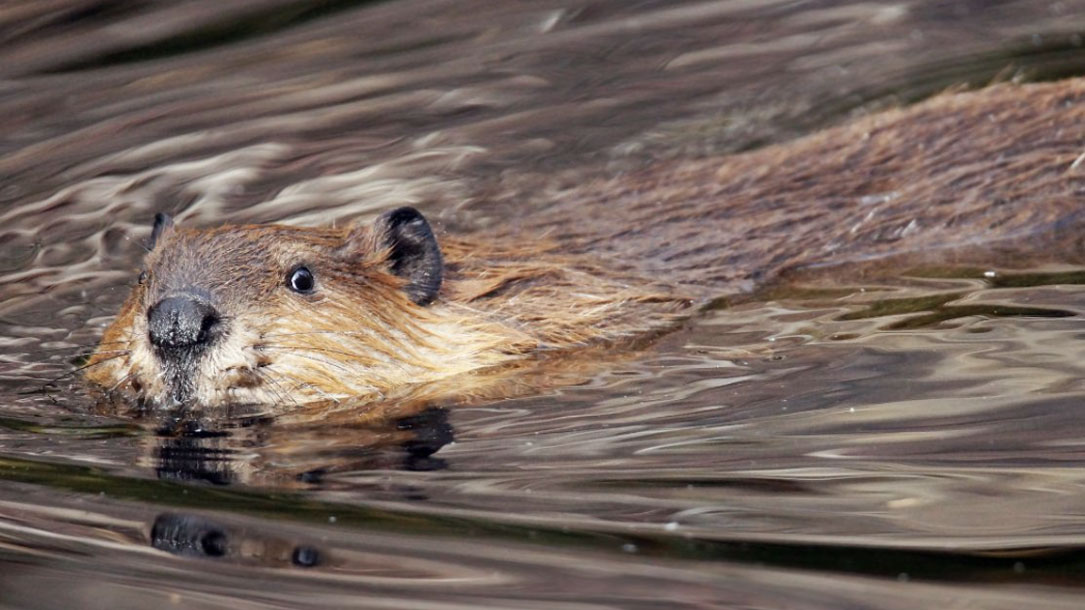
Saving Our Swamps [Letter in the New Yorker Magazine]
Here you will find a short letter submitted by the land trust’s executive director, under the heading “Letters respond to Annie Proulx’s piece about swamps” (and beavers as part of the climate solution):
The dewatering of North America that Proulx describes was underway well before the nineteenth century, when westward expansionists began cutting down forests and farmers began draining and tilling fields. By the time those people were “reclaiming” land for their use, fur traders had been wreaking havoc on our wetlands for almost two hundred years, through the commodification of beavers…
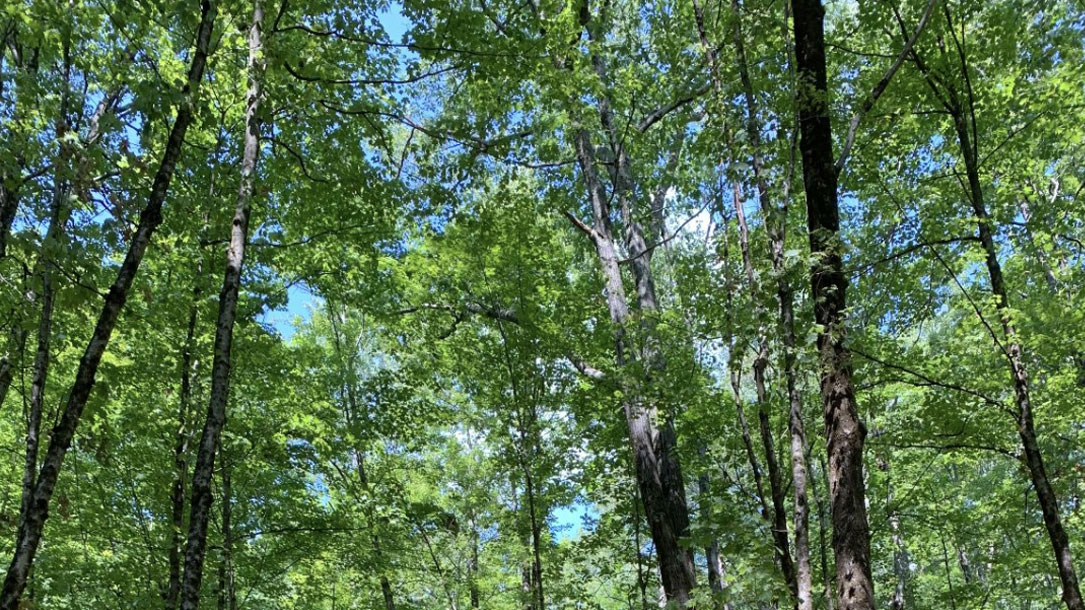
Protect your woodlands
“Over 75% of Vermont’s land is forested, and much of that land is privately owned, often by families and individuals. Conserving these forests matters a great deal for our climate, our economy, and our communities. If you own woodland and want it to remain forested, conservation is one option you could consider. We can help you explore your options and guide you through the process…”
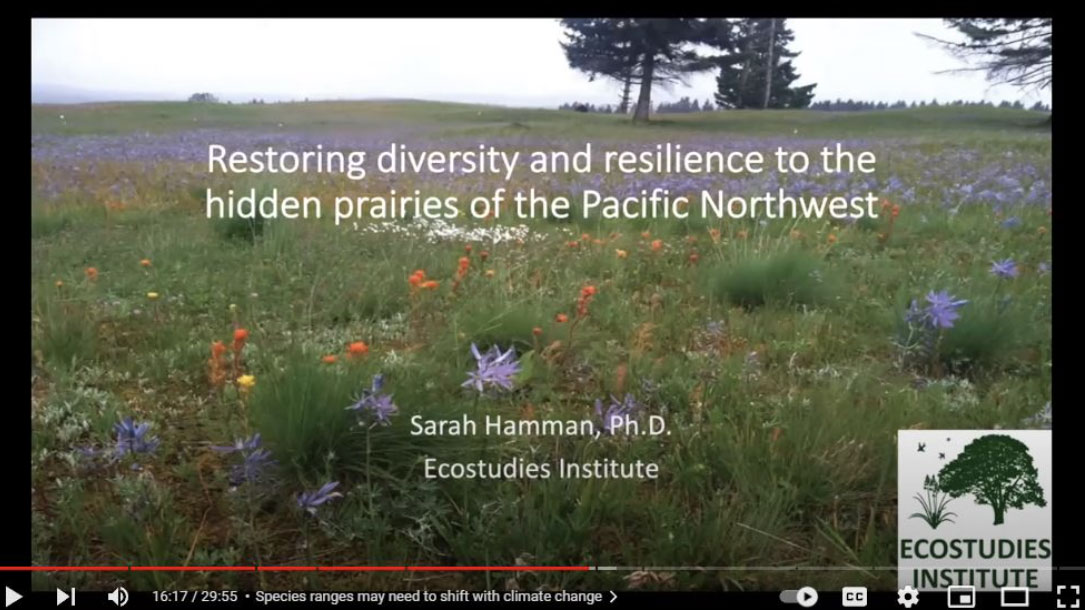
Conservation Conversations: Pacific Northwest prairies and climate change
Prairies in the western Pacific Northwest are critically endangered ecosystems. Join ecologists Paul Reed and Sarah Hamman for a discussion about how they may be affected by climate change and how they are being restored to the landscape.
Paul Reed is a postdoc at the University of Oregon, where he also completed his Ph.D. in 2021. For his dissertation, Paul and colleagues conducted an experiment across western Oregon and Washington, including at Capitol Land Trust’s Tilley West Preserve, to understand how warming and drought affect Pacific Northwest prairies. Much of his work is in collaboration with regional stakeholders and is motivated by a common vision to improve native prairie conservation and restoration in a changing climate.
Sarah Hamman is the Director of Science for Ecostudies Institute. Her work is aimed at researching and restoring rare species habitat in Pacific Northwest prairies and oak woodlands using rigorous science and collaborative conservation principles. In this virtual event, we hear from Paul about the Heating of Prairie Systems (HOPS) experiment that he and others conducted at Tilley West Preserve.
We will also learn from Sarah about prairie restoration efforts in the South Sound region, and how plant responses to climate change may affect local prairie management in the future.
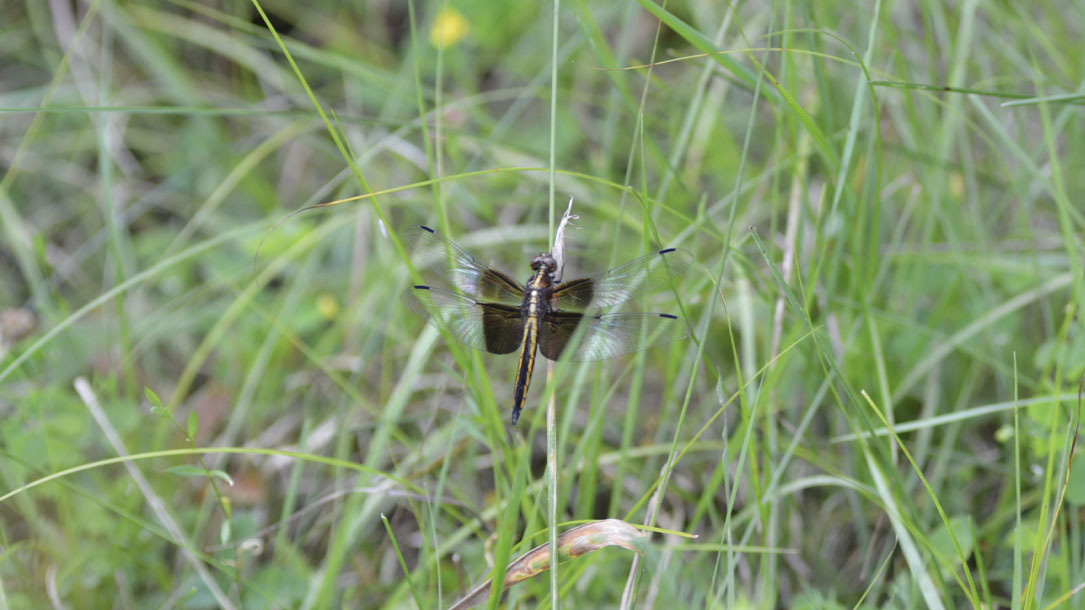
Assisted migration project
The following is an excerpt from their website:
“Continued climate warming will disrupt our forests and their ability to lessen the impact of high CO2 levels. We will lose our cool adapted evergreens and hardwoods which, in turn, will change the nature of the forest and everything in and around it. The Mousam Way Land Trust is initiating a project to plant warm-adapted southern tree species on our reserves in anticipation of this radical change. In time these southern replacements will become part of the forest and restore some balance.
You are invited to help us go one step farther by planting these replacements in your own landscape from which they will eventually spread…”
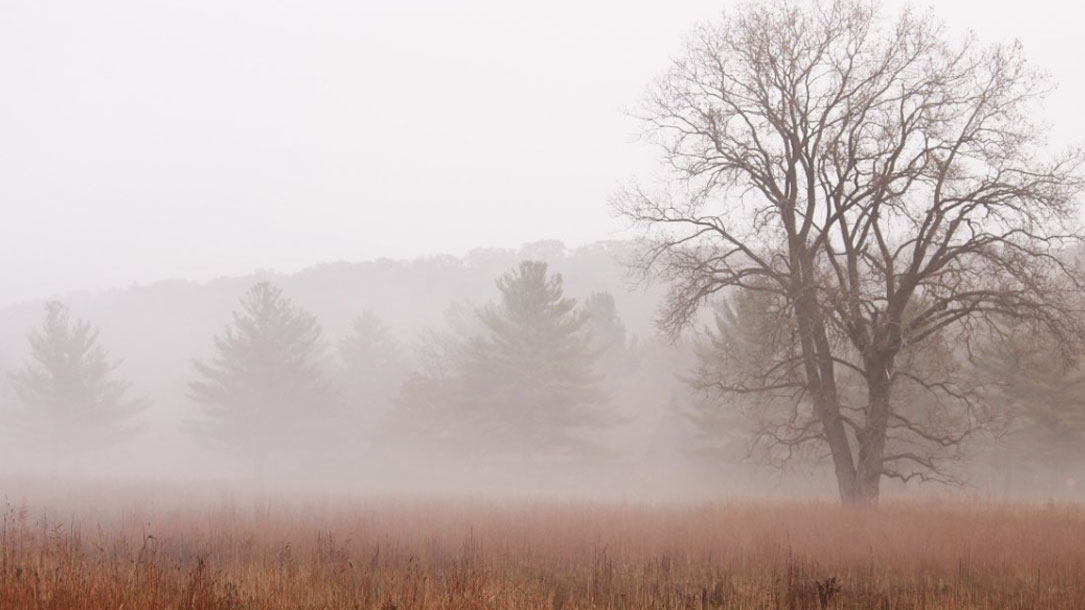
Assisted migration
Trees are adapted to specific combinations of environmental and climatic conditions that allow them to grow, thrive, and reproduce. Climate change is already altering conditions across the planet, and changes are expected to continue in the decades to come. The rapid pace of climate change may exceed the ability of many species to adapt in place or migrate to suitable habitats, and this fundamental mismatch raises the possibility of extinction or local extirpation. Assisted migration, human-assisted movement of species in response to climate change, is one management option that is available to address this challenge. This topic page will examine some of the scientific background and management considerations related to assisted migration, focused primarily on tree species.
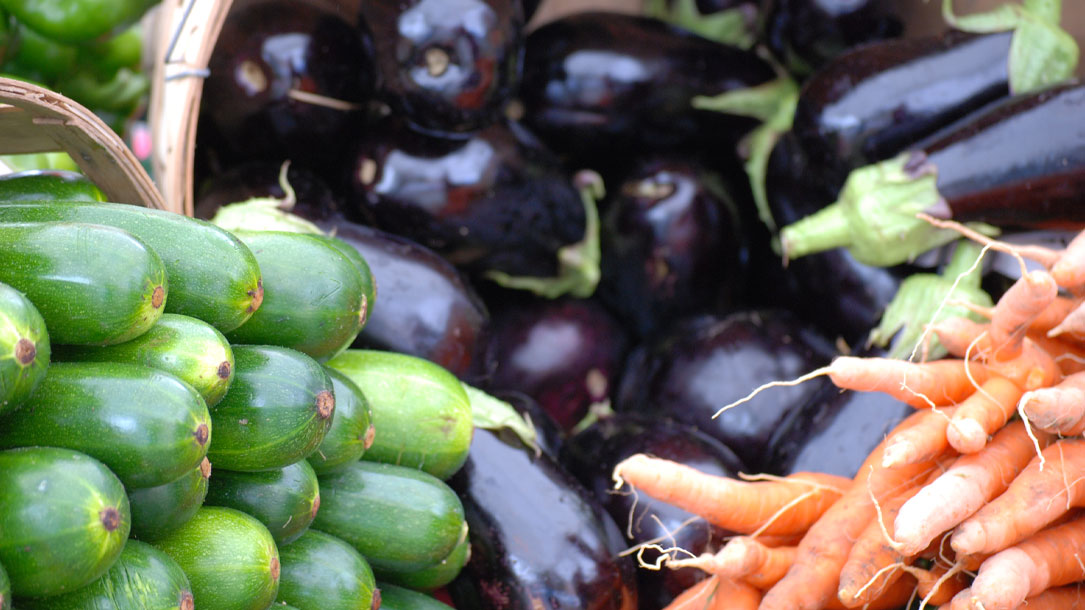
Land conservation combatting climate change
Agricultural Stewardship Association is working to position farmers and farmland as part of the climate solution. Here’s an excerpt from their website:
ASA is dedicated to helping mitigate climate change. Here’s how:
- We are helping farm families permanently protect the most valuable and resilient land for farming and growing food.
- We are educating our community about the importance of keeping land in farming and the connection with increasing resilience to a changing climate.
- We are partnering with other organizations to help farmers adopt soil health practices and generate renewable energy in ways that are compatible with agriculture and keep productive land in farming…
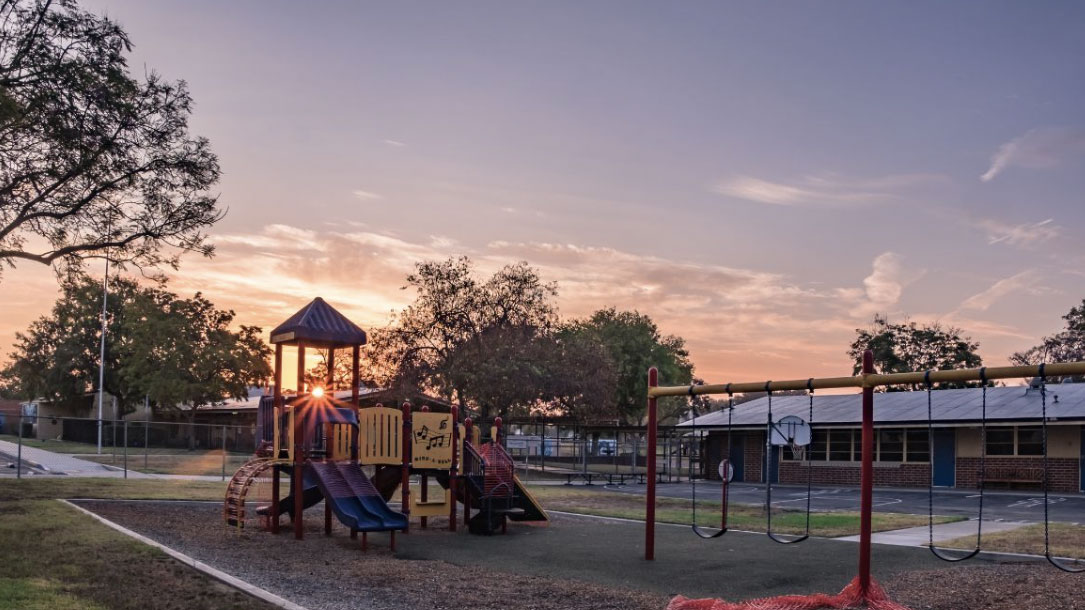
Parks as part of the climate solution
As a warming planet leads to worsening risks and impacts, American cities are taking matters into their own hands. Cities are not only pledging to slash carbon emissions in the coming decades. They are also figuring out how to be more resilient. Because one thing is clear: disadvantaged communities that have been historically neglected will suffer the most as the planet warms.
Park acres, it turns out, are very good at buffering the effects of climate change. Green space has the power to lower air temperature and absorb floodwater and can be designed in such a way as to significantly enhance those climate benefits…



